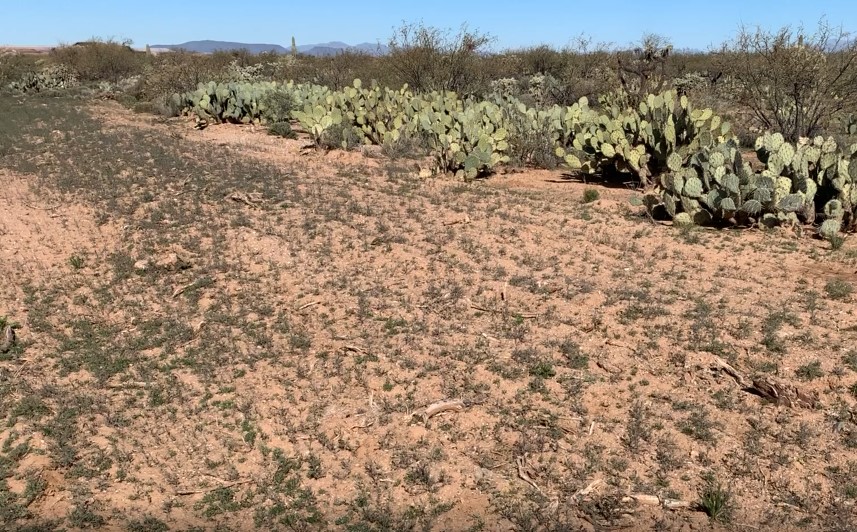Hudbay releases initial estimate for Copper World, near Rosemont in Arizona


Hudbay Minerals (TSX: HBM; NYSE: HBM) has released the initial resource estimate for its Copper World deposit with 272 million indicated tonnes and 142 million inferred tonnes, both grading 0.36% copper. The deposit is located near the company’s 100%-owned Rosemont copper project 50 km southeast of Tucson, Ariz.
The Copper World mineralization is close to the surface and can be mined with conventional open pit methods. There are seven deposits extending over a 7-km strike length, including Bolsa, Broad Top Butte, Copper World, Peach, Elgin, South Limb, and North Limb. The deposits lie northwest of the Rosemont deposit and lie mainly on land that Hudbay owns.
The mineralization consists of both skarn and porphyry copper sulphides with a significant oxidized component along a regional fault along the west side of the Rosemont, Bolsa and Broad Top Butte deposits known as the Backbone fault.
The resources numbers are based on a copper price of US$3.45 per lb., a molybdenum price of US$11 per lb. and silver price of US$20 per oz. They are divided by whether the metals are recoverable by flotation or leaching.
The indicated portion that could be recovered by flotation is 180 million tonnes at 0.37% copper, 136 g/t molybdenum, and 2.7 g/t silver. The floatable inferred portion is 91 million tonnes at 0.36% copper, 129 g/t molybdenum, and 3.8 g/t silver.
The indicated portion that is suitable for leaching is 92 million tonnes grading 0.34% copper, 74 g/t molybdenum, and 3.4 g/t silver. The leachable inferred resource is 51 million tonnes at 0.35% copper, 61 g/t molybdenum, and 2.5 g/t silver.
The resources contain a high-grade portion that begins at or near the surface. The indicated high-grade resource is 96 million tonnes grading 0.57% copper, 97 g/t molybdenum, and 4.1 g/t silver. The indicated portion is 31 million tonnes at 0.71% copper, 86 g/t molybdenum, and 3.7 g/t silver. These categories contain both ore types.
Mining and processing the Copper World mineralization could be a boon for Rosemont. The resources in the Bolsa deposit were considered waste when the 2017 feasibility study was done. Converting Bolsa resources to reserves would result in less waste, thereby reducing costs and energy consumption per tonne of ore mined. The oxide mineralization in the Rosemont deposit has thus far been considered waste, but it may be possible to treat it with the oxide ore from Copper World, further reducing costs.
Hudbay intends to release a preliminary economic assessment for Copper World in the first half of 2022. The study will cover potential synergies between Copper World and Rosemont. A new Rosemont resource model is also underway.
The Rosemont project has been slowed by permitting issues. Hudbay appealed an earlier decision to the U.S. Court of Appeals for the Ninth Circuit in June 2020. In separate briefs, company and the U.S. government argue that the earlier denial was based on a misinterpretation of federal mining laws and U.S. Forrest Service regulations as they apply to Rosemont.
Learn more at www.HudbayMinerals.com.
Comments